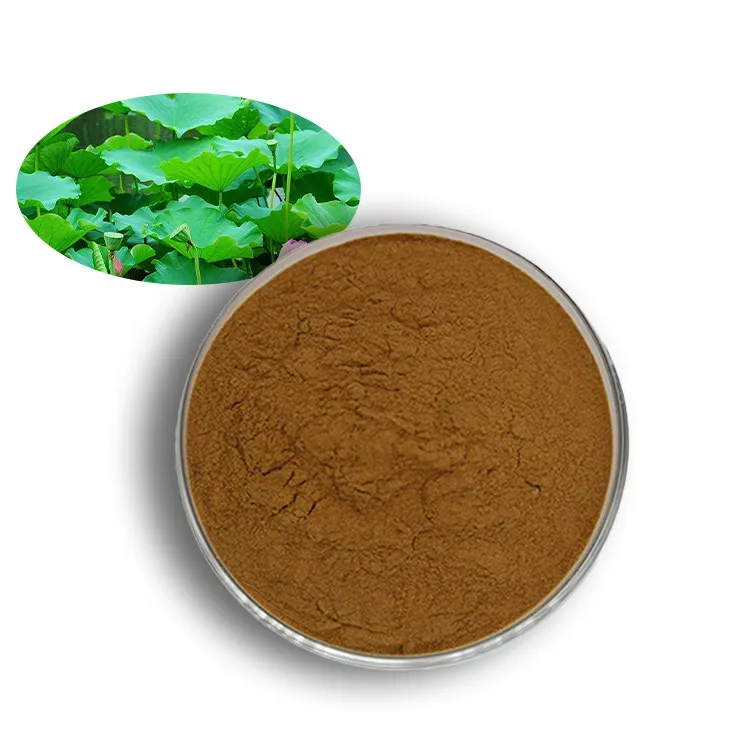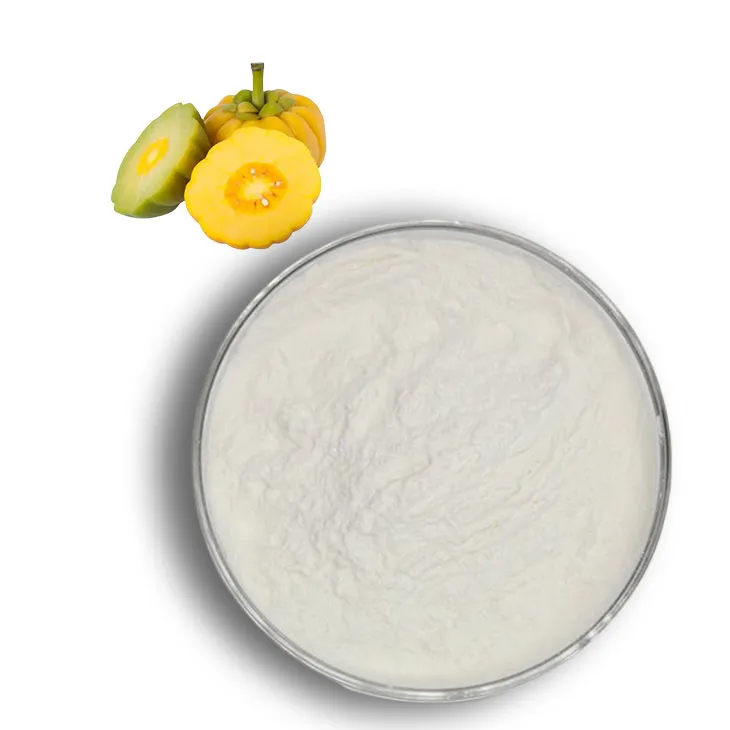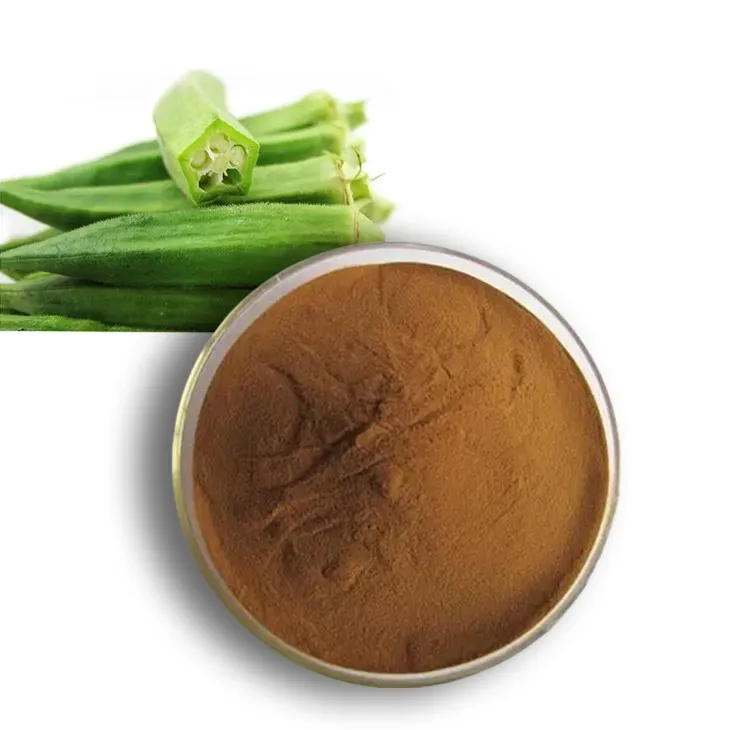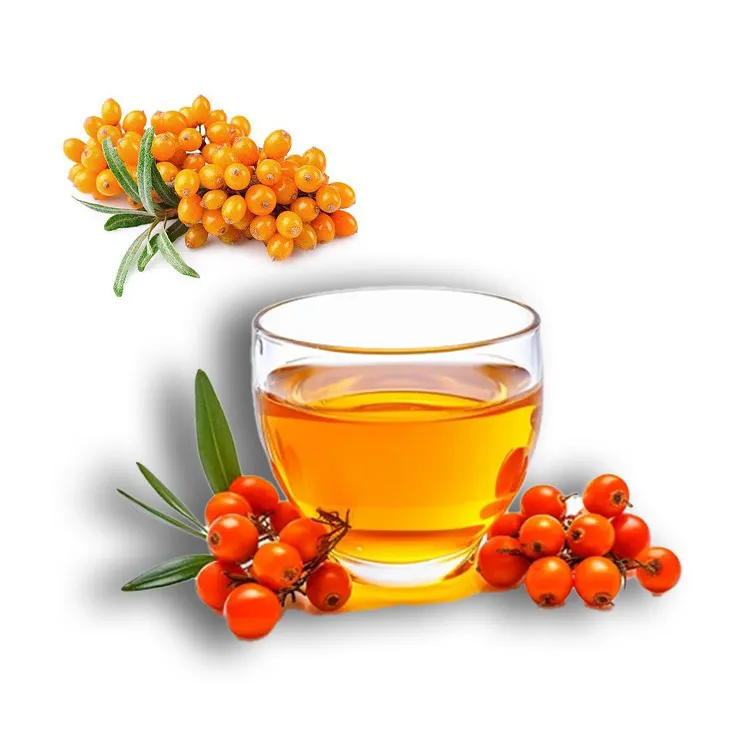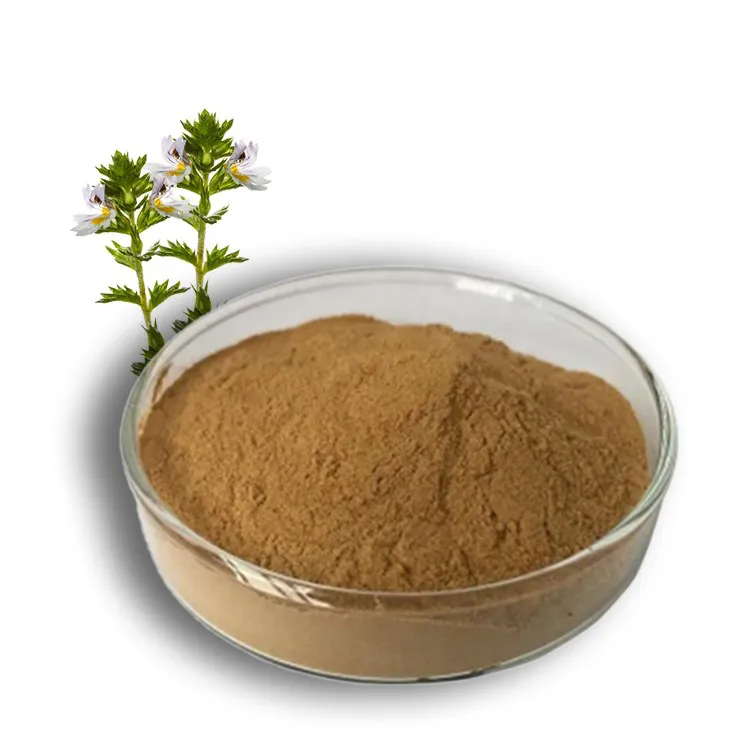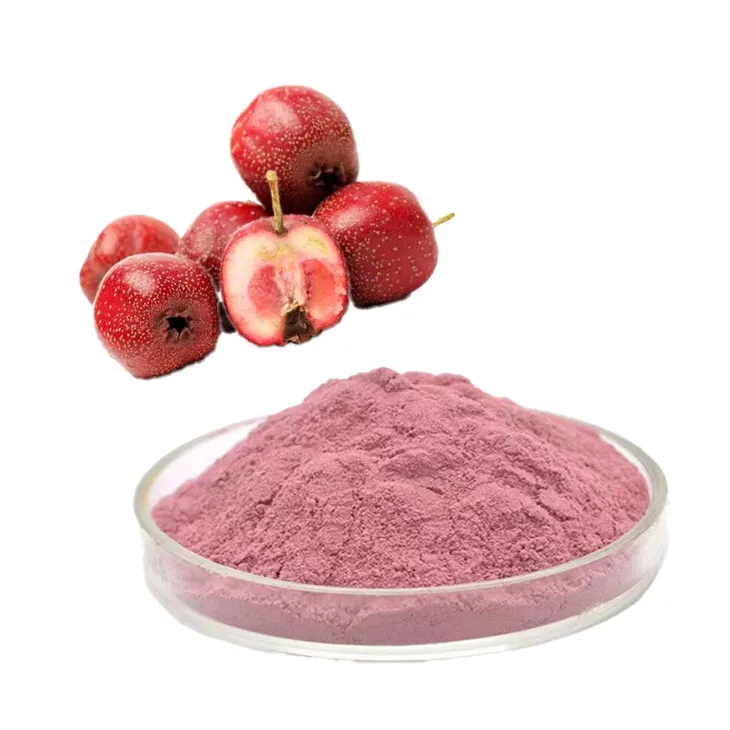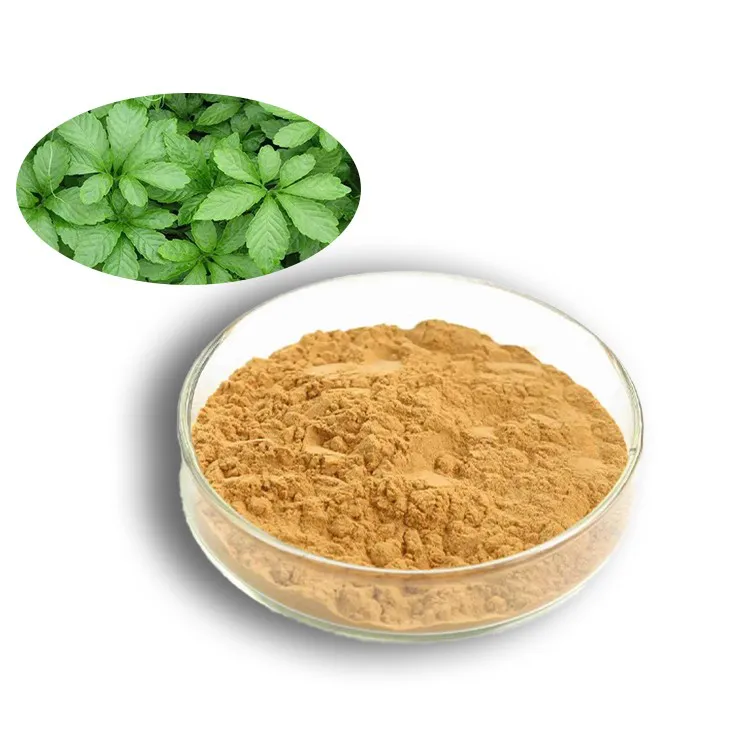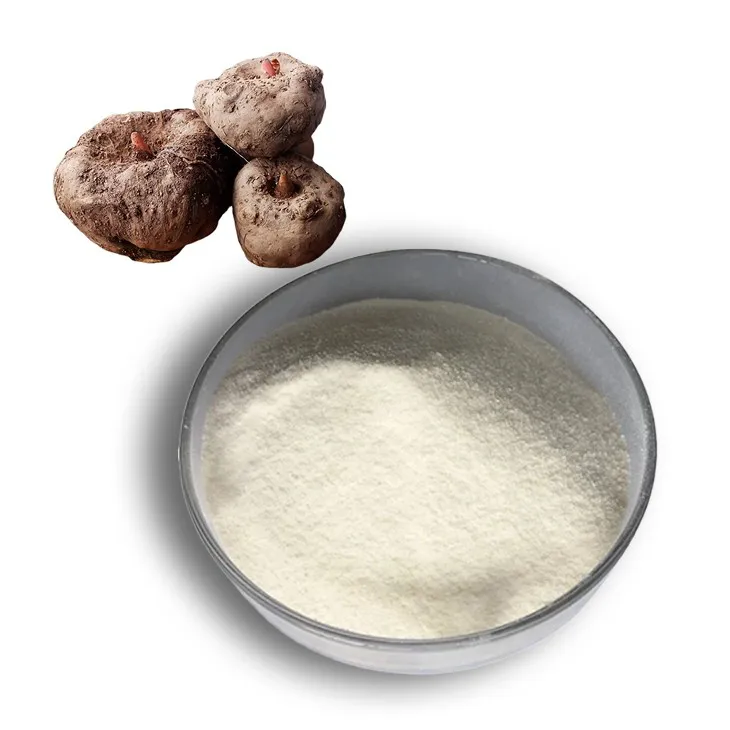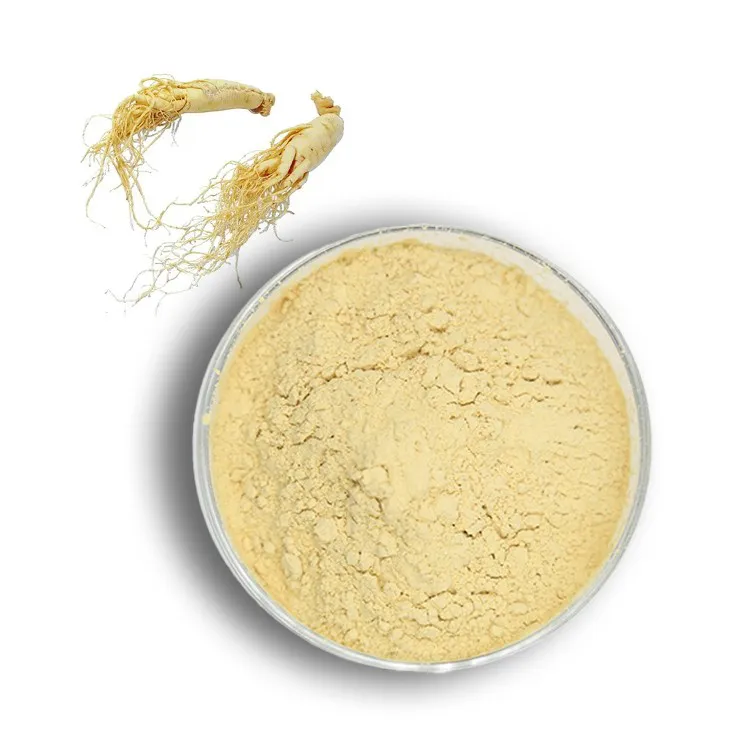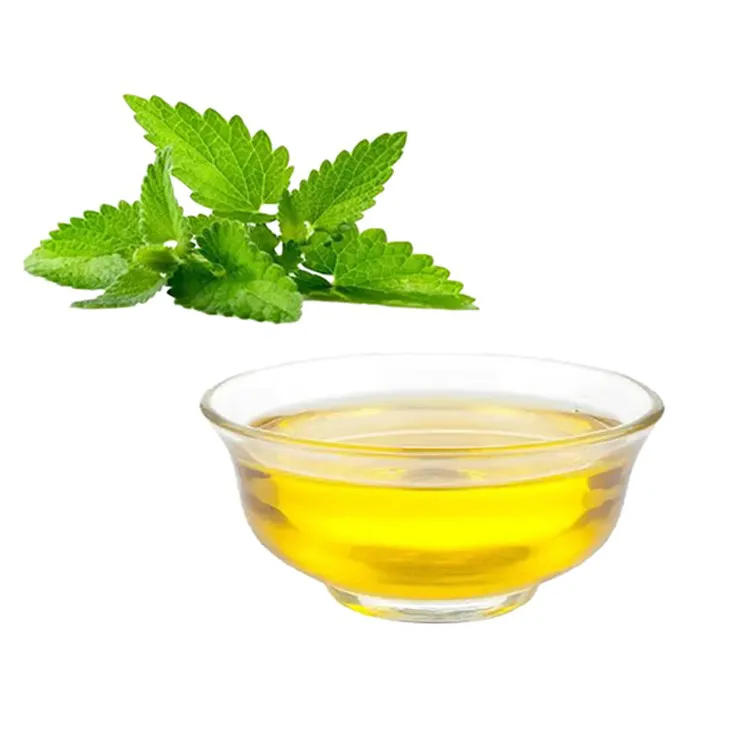- 0086-571-85302990
- sales@greenskybio.com
What Does Sea Buckthorn Juice Taste Like? An In-Depth Exploration
2025-09-23
Sea buckthorn juice, once a niche ingredient used mainly in traditional medicine across Eurasia, is quickly gaining popularity worldwide. Sought after both for its remarkable health benefits and brilliant orange color, this tart juice invites curiosity: what does sea buckthorn juice actually taste like? Is it delicious or merely a healthy supplement? To answer these questions, it's important to unpack both the sensory experience of drinking sea buckthorn juice and its culinary applications.
Introduction to Sea Buckthorn: The Fruit Behind the Juice
Sea buckthorn (Hippophae rhamnoides) is a thorny shrub native to coastal and mountainous regions of Europe, Russia, and Asia. Its small, vividly orange berries are the raw material for the juice. The berries have been harvested for centuries, prized for their high vitamin C content, omega fatty acids, and antioxidants.
Unlike many other health-promoting berry juices—think acai, blueberry, or pomegranate—sea buckthorn juice stands apart in its taste, intensity, and versatility.
Sensory Overview: The Immediate Taste Experience
The first sip of sea buckthorn juice surprises even adventurous palates. Here’s what you might expect:
Tartness and Acidity
The dominant sensation is an assertive tartness—sea buckthorn juice is often described as incredibly sour and sharply acidic. In fact, its vitamin C content is one of the highest among fruit juices, rivaling that of guava and acerola. This intense acidity creates a puckering effect, much stronger than orange juice or even lemon juice.
Many first-time tasters compare sea buckthorn juice to biting into a very sour citrus fruit. Unlike lemon, though, the sourness is layered—it’s more complex and less a single note. Some describe it as a fusion between lemon, passion fruit, and apricot.
Fruity and Citrus Undertones
Despite its tartness, sea buckthorn juice has a distinctly fruity character. It is often described as citrusy, with hints of pineapple, tangerine, and even mango, depending on the ripeness of the berries and the method of extraction. Its flavor profile is often likened to tropical fruits, mixed with citrus zest.
The juice can also carry subtle aromatic undertones—some claim to detect notes reminiscent of apricot or peach, while others find it has a slightly tangy, resinous aroma somewhat like tamarind.
Bitterness and Earthiness
Adding complexity is a mild bitterness, especially in juice extracted with the seed, which contains omega-7 oils. This bitterness can be reminiscent of grapefruit pith or even a hint of olive oil. Some people perceive a slightly earthy flavor, particularly in juices from wild or less processed berries.
Sweetness
Pure, unsweetened sea buckthorn juice is very low in natural sugar. This means the sweet notes are faint, often overshadowed by tart and bitter elements. Sweetened commercial versions may taste more balanced, but they still retain a refreshing sharpness.
Texture and Mouthfeel
The juice itself is bright orange, sometimes with a cloudy appearance due to natural pulp and dense nutrients. It is thicker than apple juice but thinner than puréed fruit. High-quality juice may feel silky due to the oils in sea buckthorn but can also be slightly astringent, leaving a dry, puckered sensation on the tongue—much like strongly brewed black tea.
Summary of Taste Profile
To summarize the taste of sea buckthorn juice:
- Dominantly tart, acidic, and tangy
- Complex citrus and tropical fruit undertones
- Occasional hints of apricot, mango, and pineapple
- Mild bitterness and earthiness, depending on extraction
- Minimal sweetness unless sweetened
- Silky yet astringent mouthfeel
Comparing Sea Buckthorn Juice to Other Juices
For those seeking reference points, sea buckthorn juice is frequently compared to:
- Lemon juice: similar tartness but more complex with less direct citrus flavor
- Passion fruit or pineapple juice: similar tropical overtones, but sea buckthorn’s acid is more pronounced
- Grapefruit juice: shares elements of bitterness and acidity, but sea buckthorn is typically more tart and less sweet
Its strong sour notes mean it is rarely consumed in large quantities undiluted. Most people mix it with other juices or sweeteners, much as one would with pure cranberry or pomegranate juice.
Culinary Uses: Balancing and Showcasing Sea Buckthorn’s Unique Taste
Because of its distinctive taste, sea buckthorn juice is a culinary gem for chefs and mixologists. Here are ways it’s used to maximum effect:
Smoothies and Juices
Mixing sea buckthorn juice with sweeter fruits like apples, pears, bananas, or oranges helps balance its tartness. A teaspoon added to a smoothie can brighten the whole drink and provide intense color and nutrition.
Mocktails and Cocktails
Bartenders adore sea buckthorn for its acidity and vivid color. It’s used with vodka, gin, and rum to create unique cocktails with a bright, tangy twist, often mixed with honey, agave, or simple syrup.
Sauces and Dressings
The juice’s sour quality makes it ideal for vinaigrettes, sauces, and dressings. It pairs well with olive oil, mustard, and honey as a salad dressing, or added to marinades for chicken and fish to cut through richness.
Desserts
Sea buckthorn juice features in sorbets, mousses, and jams, where sugar moderates its sourness. In Northern Europe, chefs use it to contrast creamy desserts, such as panna cotta or cheesecake, the acidity providing balance to the fat.
Preserves and Jams
Sea buckthorn jam, made with added sugar, is popular across Russia and Scandinavia. The sugar amplifies the fruit’s aromatic qualities, softening its sharpness into a pleasing, complex spread.
Health Shots
Embracing its concentrated nutrients, many health-conscious consumers take sea buckthorn juice in small, potent “shots.” Mixed with water or honey, it’s a robust way to enjoy its immune-boosting benefits.
Pairings with Other Flavors
Sea buckthorn’s sharp profile pairs wonderfully with:
- Sweet apples, pears, or berries
- Tropical fruits like mango and pineapple
- Spices: ginger, cinnamon, cardamom
- Herbs: mint, basil, thyme
- Nuts: hazelnuts, almonds
These pairings can be leveraged across desserts, drinks, and savory dishes, providing balance and depth.
Regional and Cultural Differences in Taste Perception
Depending on where you are, sea buckthorn juice may taste subtly different. Northern European and Russian berries tend to be more tart, reflecting colder climates, while berries grown in Central Asia or Northern China may possess slightly milder notes due to longer, sunnier growing seasons. Processing methods (pure juice, oil-enriched, freeze-dried) also affect the final flavor.
Tips for First-Time Tasters
For those new to sea buckthorn juice, its intense flavor might be overwhelming. Start with a small amount mixed with other juice, honey, or water. Many commercial products blend sea buckthorn with apple, grape, or orange juice to provide a more accessible flavor profile.
If sipping pure, brace for a burst of bright, mouth-puckering acidity, followed by subtle fruit and bitter notes.
Conclusion: A Flavor as Distinctive as Its Health Benefits
Sea buckthorn juice is not for the timid palate. Its explosive tartness and layered fruitiness make it one of the most complex and captivating juices available, often occupying the boundary between culinary ingredient and superfood supplement. So, what does sea buckthorn juice taste like? It is a symphony of sour, tangy, citrus, tropical, and bitter notes—vibrant, refreshing, and intense. Whether used to enliven a cocktail, balance a sauce, or boost a smoothie, its flavor can elevate food and drinks with its unmistakable character.
Approached with creativity and respect for its boldness, sea buckthorn juice transforms recipes and delivers nutrition in a way no other fruit can. For chefs, mixologists, and health enthusiasts alike, it offers a mouthwatering opportunity to explore new dimensions of taste.
- ▶ Hesperidin
- ▶ Citrus Bioflavonoids
- ▶ Plant Extract
- ▶ lycopene
- ▶ Diosmin
- ▶ Grape seed extract
- ▶ Sea buckthorn Juice Powder
- ▶ Fruit Juice Powder
- ▶ Hops Extract
- ▶ Artichoke Extract
- ▶ Mushroom extract
- ▶ Astaxanthin
- ▶ Green Tea Extract
- ▶ Curcumin
- ▶ Horse Chestnut Extract
- ▶ Other Product
- ▶ Boswellia Serrata Extract
- ▶ Resveratrol
- ▶ Marigold Extract
- ▶ Grape Leaf Extract
- ▶ New Product
- ▶ Aminolevulinic acid
- ▶ Cranberry Extract
- ▶ Red Yeast Rice
- ▶ Red Wine Extract
-
Lotus leaf extract
2025-09-23
-
Garcinia Cambogia Extract
2025-09-23
-
Okra Extract
2025-09-23
-
Sea buckthorn oil
2025-09-23
-
Eyebright Extract
2025-09-23
-
Hawthorn powder
2025-09-23
-
Gynostemma pentaphyllum extract
2025-09-23
-
Konjac Powder
2025-09-23
-
Ginseng Root Extract
2025-09-23
-
Peppermint Oil
2025-09-23











